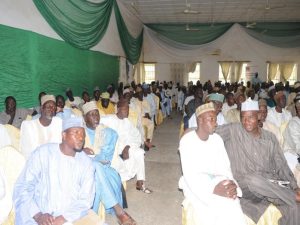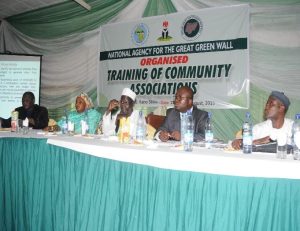Overview
The initiatives of the National Agency for the Great Green Wall are being implemented in the eleven (11) frontline states which are community driven with focus on land rehabilitation and natural resources conservation, poverty alleviation, food security enhancement, employment generation, livelihood enhancement and capacity development of the affected communities to improve their resilience to climate change and climate variability in the dry lands of Nigeria. The Afforestation department of the agency is tasked with reclamation of the affected communities through Afforestation and land management approaches such as establishment of shelterbelts, orchards, woodlots, Indigenous tree species plantations, Acacia Senegal plantations, Nursery Development and management, Oasis Development, sand dune fixation/ stabilization, and agro-forestry.
Provision of Shelterbelts
In the bid to prevent the adverse effect of windstorms and rainstorms in frontline states and in line with the mandate of the PAGGW Initiative to establish resilient ecosystem across the PAGGW states, the Agency has continued to establish shelterbelt corridor spanning through 1500km land across the eleven (11) frontline states.
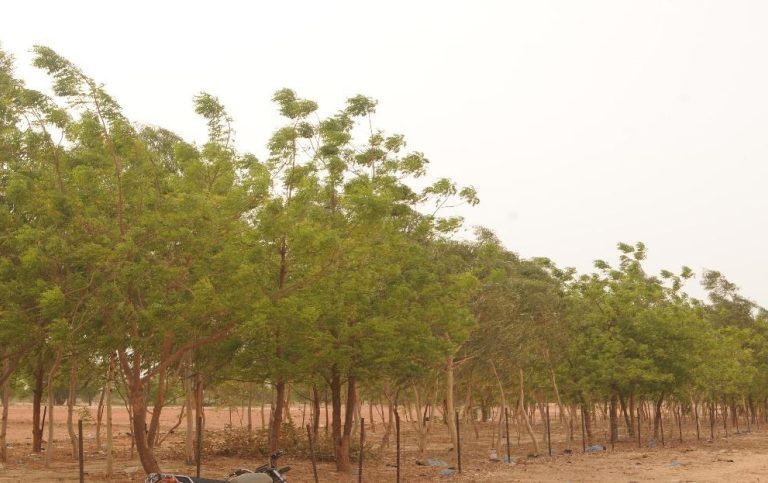
Woodlots
Woodlot plantations are being established in the affected communities to improve the livelihoods of the communities by providing timber for furniture, construction purposes, source of fuel (to discourage indiscriminate felling of forest trees), enhance forestry activities and improvement of vegetation cover as well as soil fertility.
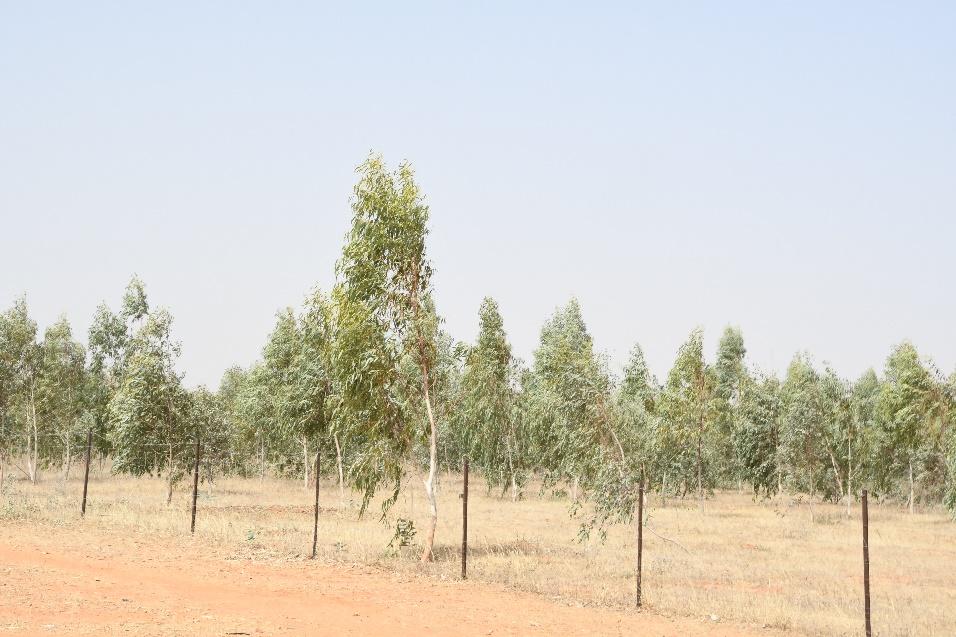
Indigenous tree species plantations

Acacia Senegal (Gum Arabic) plantations
Due to great economic importance of Acacia Senegal (Gum Arabic tree) gum and other parts of the tree in food, medicine, cosmetics, agriculture, and other sectors as well as its ability to thrive in arid conditions, the Agency engages in establishing of Acacia Senegal plantations to improve the livelihoods of affected communities.
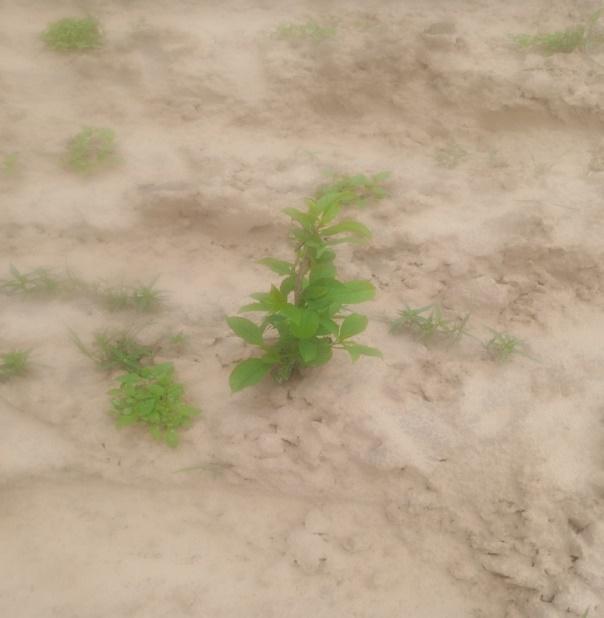
Orchards
The establishment of orchards in the frontline states is aimed at improving the livelihoods, boost food security and the quality of the microclimates and vegetations of the affected communities.
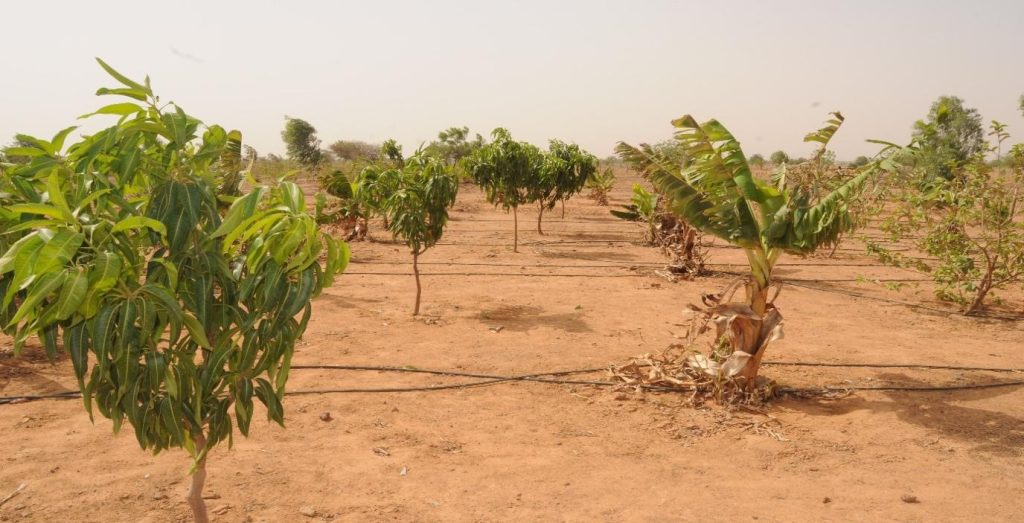
Construction of Perimeter Fencing
In line with the Agency’s mandate in combating desertification and improving the livelihoods of the affected communities through establishment of shelterbelt, woodlots, orchards, and other plantations affected communities, the provision of perimeter fencing is aimed at providing adequate security for plantations and other supporting facilities at the various Afforestation project sites in order to improve the survival rate of the trees against human encroachment and animal grazing as experienced in these locations over the years.

Establishment of Plant Nurseries
In line with the need to raise adequate and healthy seedlings to successfully meet the demand for planting the various afforestation models in the frontline states, the Agency has established both central and community standard plant nurseries across the states. The nurseries have capacity of up to 600,000 seedlings per central nursery and 55,000 seedlings per community nursery and are equipped with supporting infrastructures and equipment.

Engagement of Community Implementation Committee
The Agency has initiated the engagement of some selected members of the affected communities across the eleven (11) frontline states to form Community Implementation Committees that will serve as the focal point of contact between the community, Local Government Area, State and the Agency in execution and management of the GGW programme at the grass root level. This is also to improve community participation and ownership of projects in the communities.
